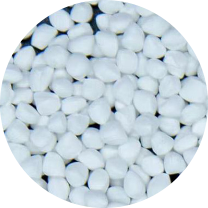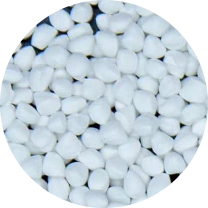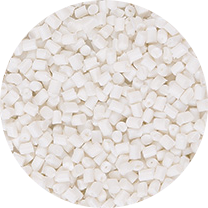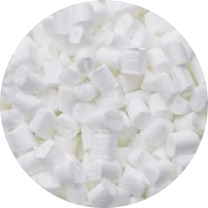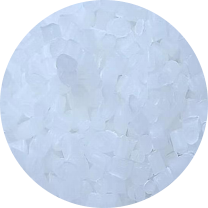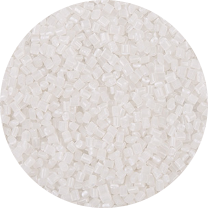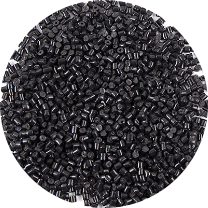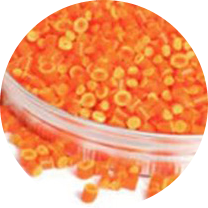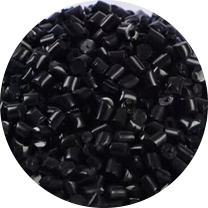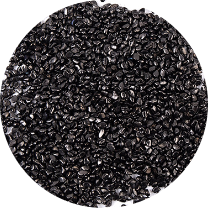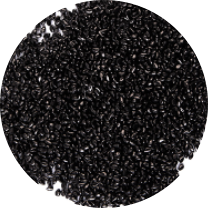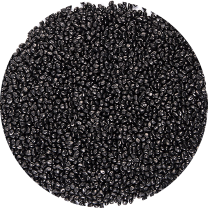Injection White Masterbatch Manufacturers
Product Category
Get in Touch With Us
Who Are We?
Changzhou Runyi New Material Technology Co., Ltd.
News
-
Engineered Longevity: Carbon Black Masterbatch UV Stabi...
In applications demanding extended outdoor performance—such as pipes, geosynthetics, and agricultural films—the stability of the polymer matrix against photo-ox...
READ MORE -
Precision Pigmentation: Mastering the FPV and Dispersio...
For processors involved in manufacturing thin-gauge films, fine fibers, or sophisticated injection molded components, the performance of the Carbon Black Master...
READ MORE -
MFR Matching Principle: Optimizing White Masterbatch an...
In the realm of polymer processing, achieving consistent color dispersion and flawless product quality is a fundamental objective. The use of White Masterbatch ...
READ MORE -
Achieving Flawless Quality: An Engineer's Guide to TiO2...
Introduction: The Business Case for Perfect Dispersion For B2B manufacturers in the plastics industry, the quality of the finished product is the ultimate measu...
READ MORE
White Masterbatch Industry Knowledge Extension
Key performance indicators and selection guide for injection molding white masterbatch
1. Analysis of core performance indicators
Whiteness and hiding power
Titanium dioxide (TiO₂) content: usually 20%~50% (rutile type is better), directly affecting whiteness and hiding power.
Test standard: quantified by ISO 2470 (blue light whiteness) or Hunter Lab value, high whiteness needs to be ≥95% (such as daily necessities, electronic housings).
Dispersion uniformity
Carrier resin compatibility: Need to match the substrate (such as PP, ABS, HDPE, etc.) to avoid uneven dispersion due to polarity differences.
Evaluation method: Observe the masterbatch slices under a microscope, and no visible particle agglomeration is qualified.
Melting index (MFI) matching
Injection molding process requirements: The masterbatch MFI should be close to the substrate resin (±10%) to prevent flow differences from causing flow marks or color differences.
Test conditions: For example, PP substrates are commonly used at 230℃/2.16kg (ASTM D1238).
Heat resistance and stability
Decomposition temperature: needs to be higher than the injection molding temperature (such as PP processing about 200~240℃, masterbatch needs to withstand more than 250℃).
Yellowing risk: evaluate the color change ΔE<1.5 through heat aging test (such as 150℃×4h).
Mechanical properties
Impact and tensile strength: High-filled masterbatch may reduce the toughness of the substrate, which needs to be compensated by adding elastomers (such as POE modification).
2. Key factors in selection
Substrate resin type
Polarity matching: ABS masterbatch needs to use SAN carrier, and PP masterbatch recommends polypropylene carrier.
Case: Food packaging PP products require FDA-certified masterbatch to avoid migration contamination.
Terminal application scenarios
High weather resistance requirements (such as outdoor products): choose rutile titanium dioxide + UV stabilizer.
Thin-wall products: High flow masterbatch (MFI>20g/10min) reduces injection defects.
Cost optimization strategy
Titanium dioxide alternative: composite fillers (such as barium sulfate + titanium dioxide) reduce costs, but whiteness needs to be balanced.
Addition ratio: usually 1%~4%, high hiding masterbatch can reduce the dosage to 1.5%.
3. Solutions to common problems
Color difference problem: check the stability of masterbatch batch (titanium dioxide particle size distribution ≤ 0.3μm) and injection temperature fluctuation.
Flow marks/silver streaks: increase mold temperature or switch to low shear masterbatch formula.
Precipitation migration: select high molecular weight carrier resin (such as high melt index PP) to improve compatibility.


 English
English 中文简体
中文简体 한국어
한국어 عربى
عربى